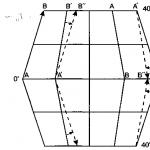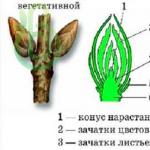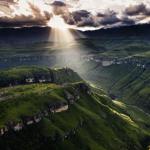Despite the fact that its very name "desert" comes from such words as "empty", "emptiness", this amazing natural object is filled with diverse life. The desert is very diverse: in addition to the sand dunes that our eyes habitually draw, there are saline, stony, clay, and also snowy deserts of Antarctica and the Arctic. Taking into account the snowy deserts, this natural zone belongs to one fifth of the entire surface of the Earth!
Geographic feature. The meaning of deserts
The main distinguishing feature of the desert is drought. The reliefs of the deserts are very diverse: insular mountains and complex uplands, small hills and layered plains, lake depressions and dried up centuries-old river valleys. The formation of the relief of deserts is greatly influenced by the wind.
Man uses deserts as pastures for livestock and areas for growing some cultivated plants. Plants for feeding livestock develop in the desert thanks to the horizon of condensed moisture in the soil, and desert oases, flooded with sun and water, are exceptionally good places for growing cotton, melons, grapes, peach and apricot trees. Of course, only small areas of deserts are suitable for human activity.
Characteristics of deserts
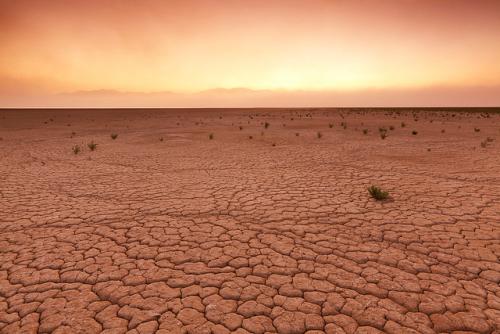
Deserts are located either next to the mountains, or almost on the border with them. High mountains prevent the movement of cyclones, and most of the precipitation they bring falls in the mountains or foothill valleys on the one hand, and on the other side - where the deserts lie - only a small remnant of rain reaches. That water, which manages to reach the soil of the desert, flows down the ground and underground watercourses, gathering in springs and forming oases.
Deserts are characterized by various amazing phenomena that are not found in any other natural area. For example, when there is no wind in the desert, the smallest grains of dust rise into the air, forming the so-called "dry fog". Sandy deserts can "sing": the movement of large layers of sand generates a high and loud slightly metallic sound ("singing sands"). Deserts are also known for their mirages and terrible sandstorms.
Natural areas and types of deserts
Depending on the natural zones and the type of surface, there are such types of deserts:
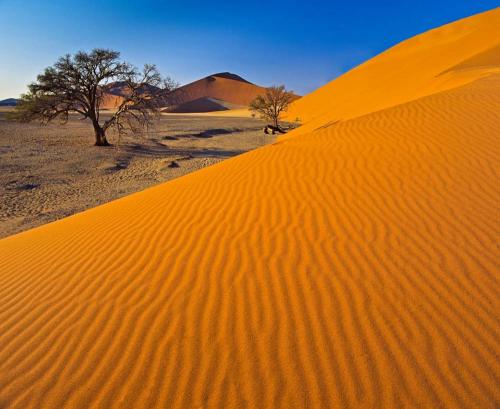
- Sandy and sandy-gravel. They are distinguished by great diversity: from chains of dunes devoid of any vegetation, to territories covered with shrubs and grass. Moving through the sandy desert is extremely difficult. Sands do not occupy the largest part of the deserts. For example: the sands of the Sahara make up 10% of its territory.
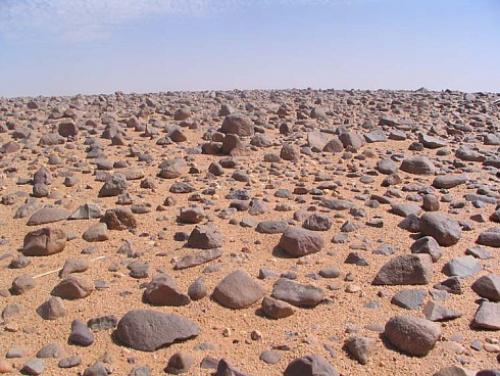
- Stony (hamadas), gypsum, gravel and gravel-pebble. They are combined into one group according to a characteristic feature - a rough, hard surface. This type of desert is most common on the globe (hamads of the Sahara occupy 70% of its territory). Succulents and lichens grow in tropical rocky deserts.
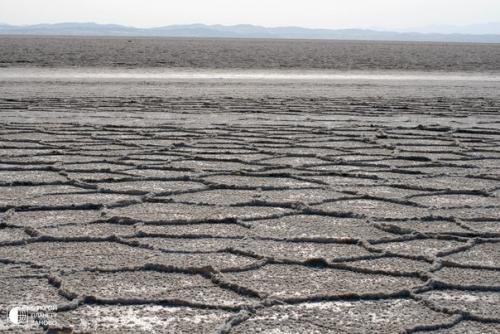
- saline. In them, the concentration of salts prevails over other elements. Salt deserts can be covered with a hard cracked salt crust or salt bog that can "suck in" a completely large animal and even a person.
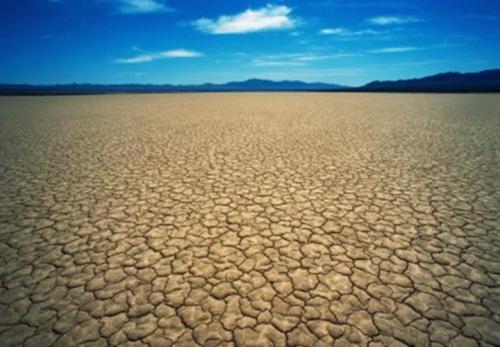
- clayey. They are covered with a clayey smooth layer stretching for many kilometers. They are characterized by low mobility and low water properties (the surface layers absorb moisture, preventing it from going deep, and dry quickly during the heat).
Desert climate
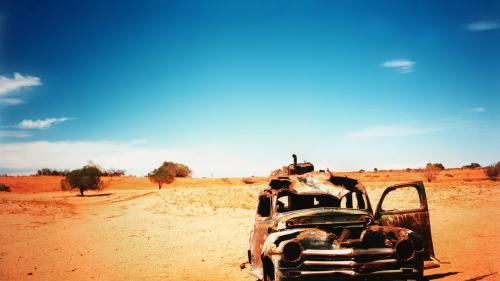
Deserts occupy the following climatic zones:
- temperate (Northern Hemisphere)
- subtropical (both hemispheres of the Earth);
- tropical (both hemispheres);
- polar (ice deserts).
The deserts are dominated by a continental climate (very hot summers and cold winters). Precipitation is extremely rare: from once a month to once every few years and only in the form of showers, because. small precipitation does not reach the ground, evaporating in the air.
The daily temperature in this climatic zone varies greatly: from +50 ° C during the day to 0 ° C at night (tropics and subtropics) and up to -40 ° C (northern deserts). Desert air is especially dry: from 5 to 20% during the day and from 20 to 60% at night.
The largest deserts in the world
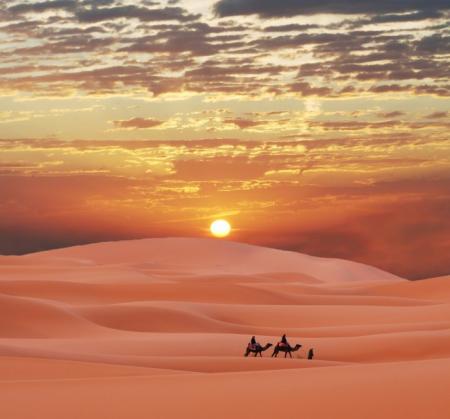
Sahara or Queen of the Desert- the largest desert in the world (among hot deserts), the territory of which occupies over 9,000,000 km 2. Located in North Africa, it is famous for its mirages, which happen here on average 150,000 a year.
Arabian desert(2,330,000 km 2). It is located on the territory of the Arabian Peninsula, also capturing part of the land of Egypt, Iraq, Syria, Jordan. One of the most capricious deserts in the world, known for especially sharp fluctuations in daily temperature, strong winds and dust storms. From Botswana and Namibia to South Africa extends over 600,000 km2 Kalahari, constantly increasing its territory due to alluvium.
Gobi(more than 1,200,000 km2). It is located in the territories of Mongolia and China and is the largest desert in Asia. Almost the entire territory of the desert is occupied by clay and stony soils. In the south of Central Asia lie Karakum("Black Sands"), occupying an area of 350,000 km 2.
Desert Victoria- occupies almost half of the territory of the Australian continent (over 640,000 km 2). It is famous for its red sand dunes, as well as a combination of sandy and rocky areas. Also located in Australia Great Sandy Desert(400,000 km 2).
Two South American deserts are very notable: Atacama(140,000 km 2), which is considered the driest place on the planet, and Salar de Uyuni(more than 10,000 km 2) - the largest salt desert in the world, the salt reserves of which are more than 10 billion tons.
Finally, the absolute champion in terms of occupied territory among all world deserts is ice desert Antarctica(about 14,000,000 km 2).


